Houseplants can do a lot for a space—they clean the air, add some life, and make a room feel more put together. But some of them also have a sneaky downside: they collect dust like it’s their job. And once that dust starts piling up, it can mess with the plant’s health and make your place feel less clean, no matter how often you wipe things down.
The shape, texture, and placement of certain plants make them natural dust magnets. It’s not necessarily a dealbreaker, but it’s good to know which ones require a little extra attention. If you’re tired of constantly dusting leaves or just want to keep things low-maintenance, it might be time to rethink a few choices—or at least move them around.
Fiddle Leaf Fig
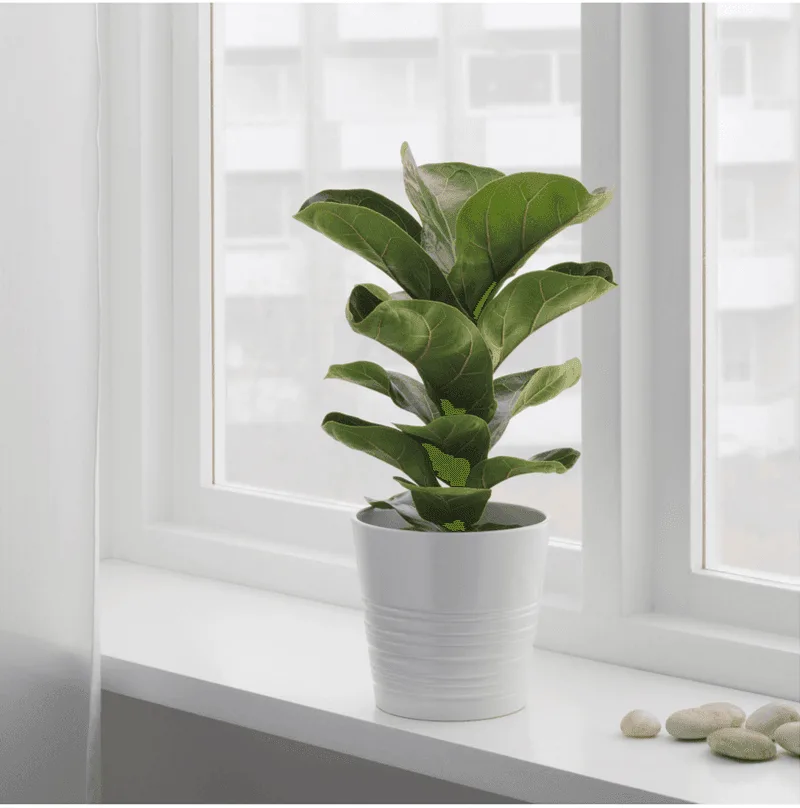
With its broad, glossy leaves, the Fiddle Leaf Fig is a striking addition to any home. However, those same leaves are prime real estate for dust particles. The large surface area of each leaf acts like a dust magnet, drawing in particles from the air. It’s important to regularly wipe down the leaves with a damp cloth to keep this plant looking its best. An interesting fact: Fiddle Leaf Figs originate from the tropical regions of Africa, where the air is much more humid than in most homes, potentially contributing to their dust-collecting nature.
Peace Lily
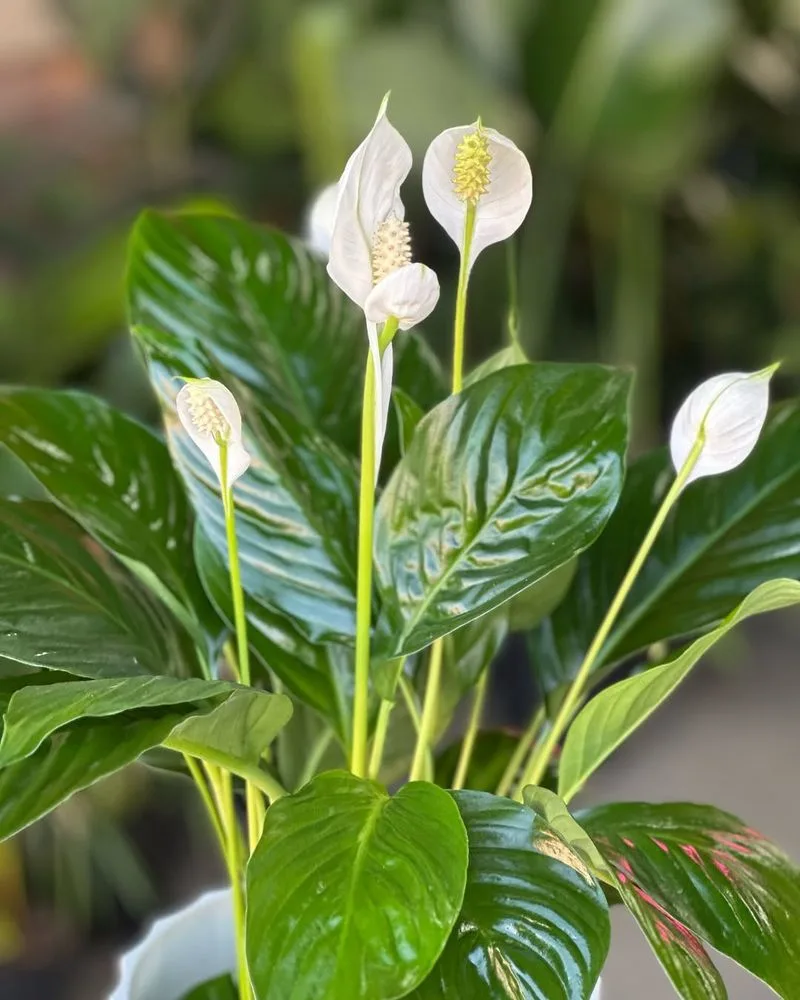
Peace Lilies are known for their elegant white blooms and deep green leaves. Unfortunately, these leaves are a favorite spot for dust to settle. Their smooth texture allows dust to cling easily, requiring frequent cleaning. A gentle wipe with a soft cloth can do wonders. Did you know? Peace Lilies are native to the rainforests of Central and South America. Their natural habitat is quite different from our homes, which may explain their propensity to gather dust. Despite this, they are beloved for their air-purifying qualities.
Rubber Plant
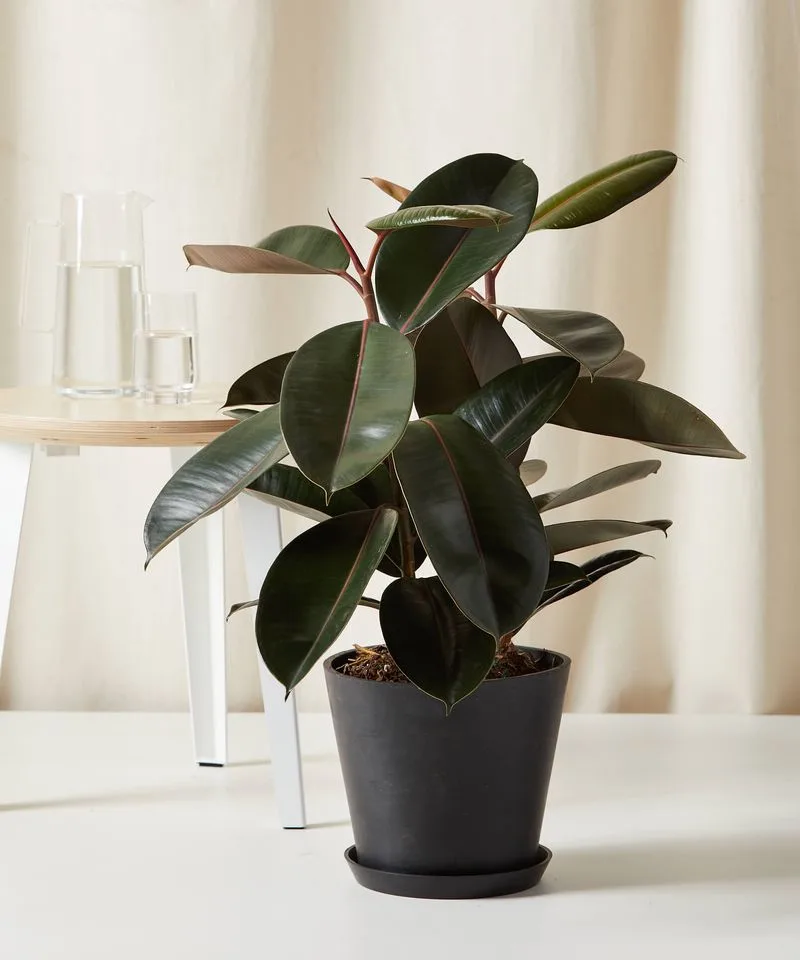
The Rubber Plant’s thick, shiny leaves are a stunning focal point in any room. However, these leaves have a way of attracting dust like a magnet. Their glossy surface is perfect for dust particles to adhere to, requiring regular attention. Simply using a microfiber cloth can help keep the leaves clean. Fun fact: The Rubber Plant is originally from Southeast Asia, where it can grow up to 100 feet tall in the wild. In our homes, it remains much smaller but still demands regular care to avoid becoming a dust collector.
Spider Plant

The Spider Plant is a popular choice for its cascading leaves and easy care. However, its numerous slender leaves are prone to dust accumulation. The thin leaves provide ample surface for dust to settle, necessitating occasional showers to keep them clean. Interesting tidbit: Spider Plants are native to South Africa and are known for their ability to produce ‘babies’ or plantlets. These plantlets can also collect dust, so keeping the entire plant clean is essential for its health and appearance.
Boston Fern

Boston Ferns are valued for their lush, feathery fronds, but these same fronds are notorious for gathering dust. The multitude of tiny leaflets provides plenty of nooks for dust to settle. Regular misting and gentle cleaning help maintain their vibrant appearance. Did you know? The Boston Fern is a tropical plant native to the Americas and Africa. Its preference for high humidity contrasts with most indoor environments, contributing to its reputation as a dust magnet.
English Ivy
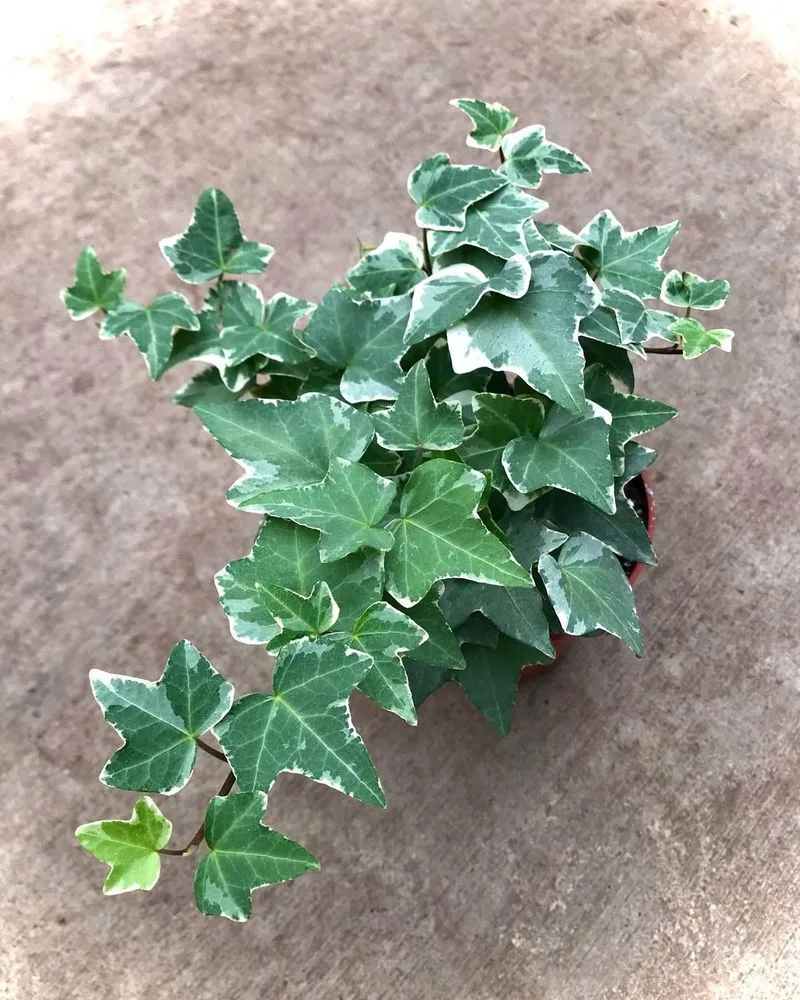
English Ivy is often seen trailing elegantly from pots or climbing walls. Its small, dense leaves are perfect for trapping dust, making regular cleaning a necessity. A light shower or a gentle wipe can help keep the leaves looking fresh. Fun fact: English Ivy is native to Europe and Western Asia and has been used in traditional medicine. Despite its dust-attracting nature, it remains a favored houseplant for its classic charm and ability to purify the air.
Aspidistra

Aspidistras, or Cast Iron Plants, are known for their resilience and long, sturdy leaves. These leaves are also adept at collecting dust, requiring periodic cleaning to keep them shiny and healthy. Wiping the leaves with a damp cloth can prevent dust buildup. Did you know? Aspidistras are native to the Eastern Himalayas and Japan, thriving in low-light conditions, which makes them a popular indoor choice. Despite their hardy nature, they appreciate a dust-free environment to truly flourish.
Dracaena
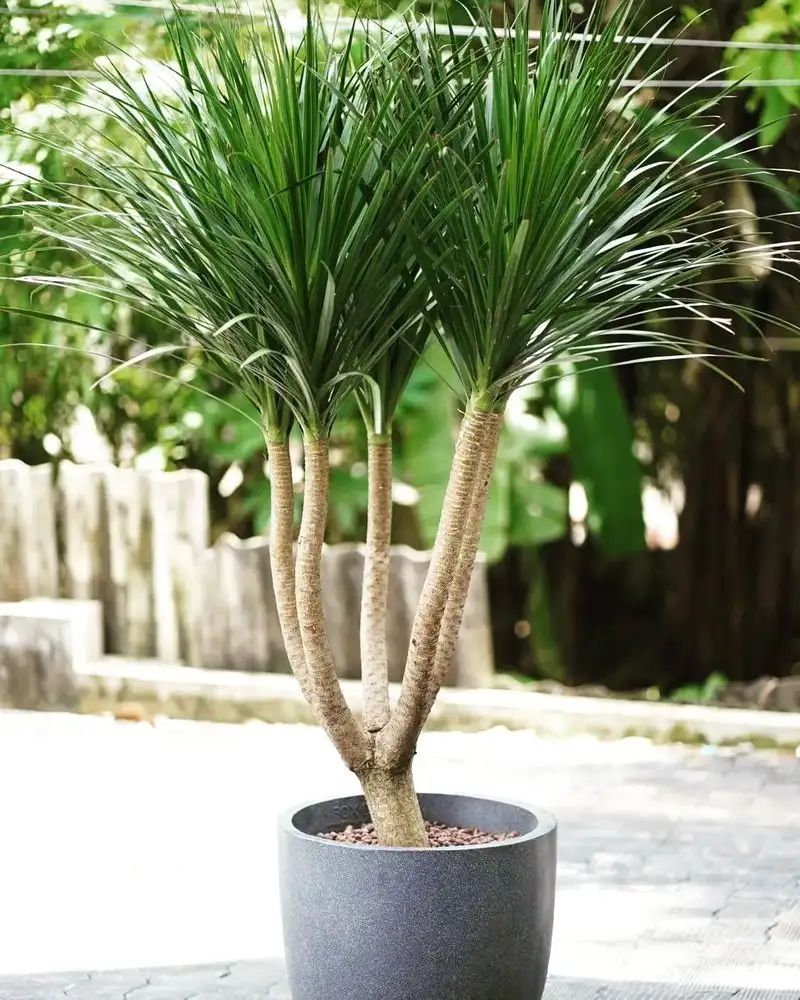
Dracaenas are loved for their striking appearance and variety of leaf colors. However, their leaves often become dust magnets, particularly in drier climates. A regular dusting routine helps keep them vibrant and reduces the risk of pests. Interesting tidbit: Dracaenas are native to Africa and are highly adaptable, which is why they thrive indoors. Keeping their leaves clean not only enhances their beauty but also improves their ability to filter indoor air pollutants.
Philodendron
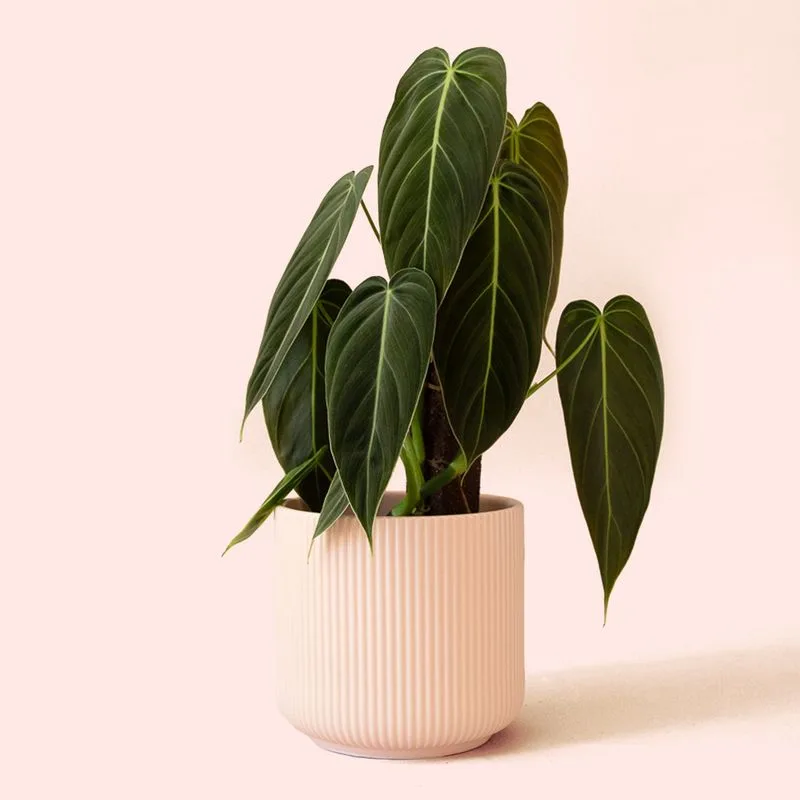
Philodendrons are popular for their tropical look and low maintenance. However, their large, split leaves can collect significant dust. Regular wiping with a damp cloth keeps them looking pristine and healthy. Fun fact: Philodendrons are native to the Caribbean and Central America, where they thrive in humid, forested areas. This tropical heritage contributes to their dust-collecting tendencies in less humid home environments. Despite this, they remain a beloved choice for many plant enthusiasts.
Pothos
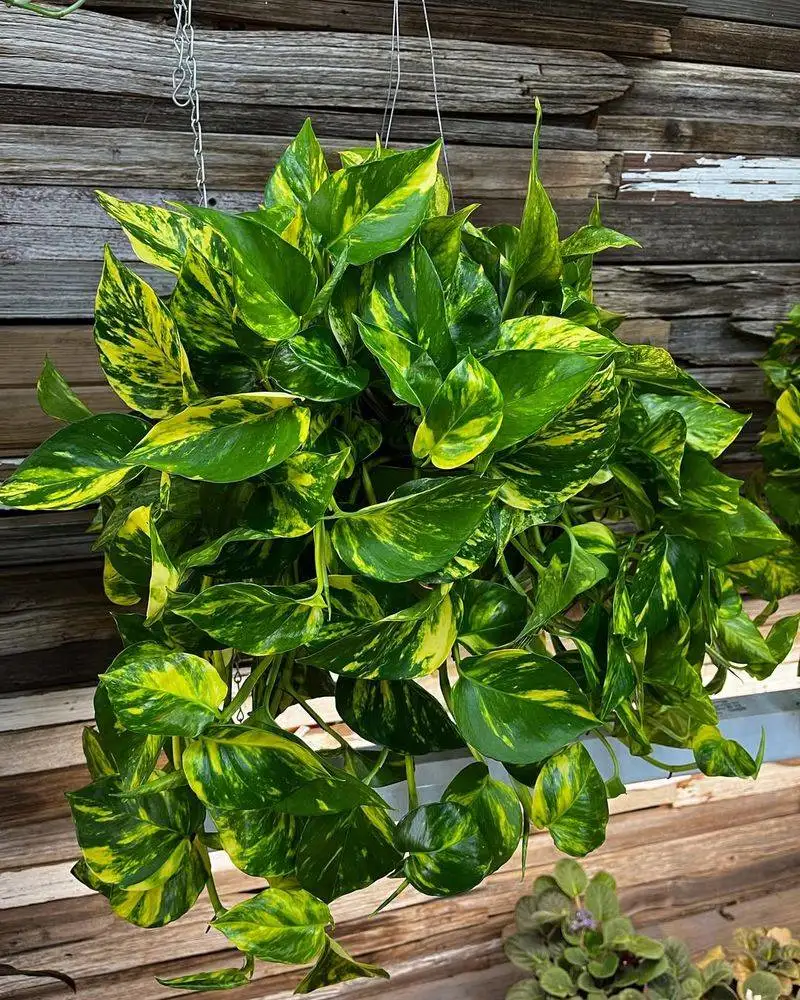
Pothos, with their heart-shaped leaves, are beloved for their trailing vines and ease of care. However, these leaves can become quite dusty if neglected. A simple rinse under lukewarm water can rejuvenate their appearance. Did you know? Pothos are native to the Solomon Islands and are known for their hardiness and air-purifying properties. Despite their tendency to gather dust, they continue to be a favorite for both novice and experienced plant owners alike due to their forgiving nature.
Yucca
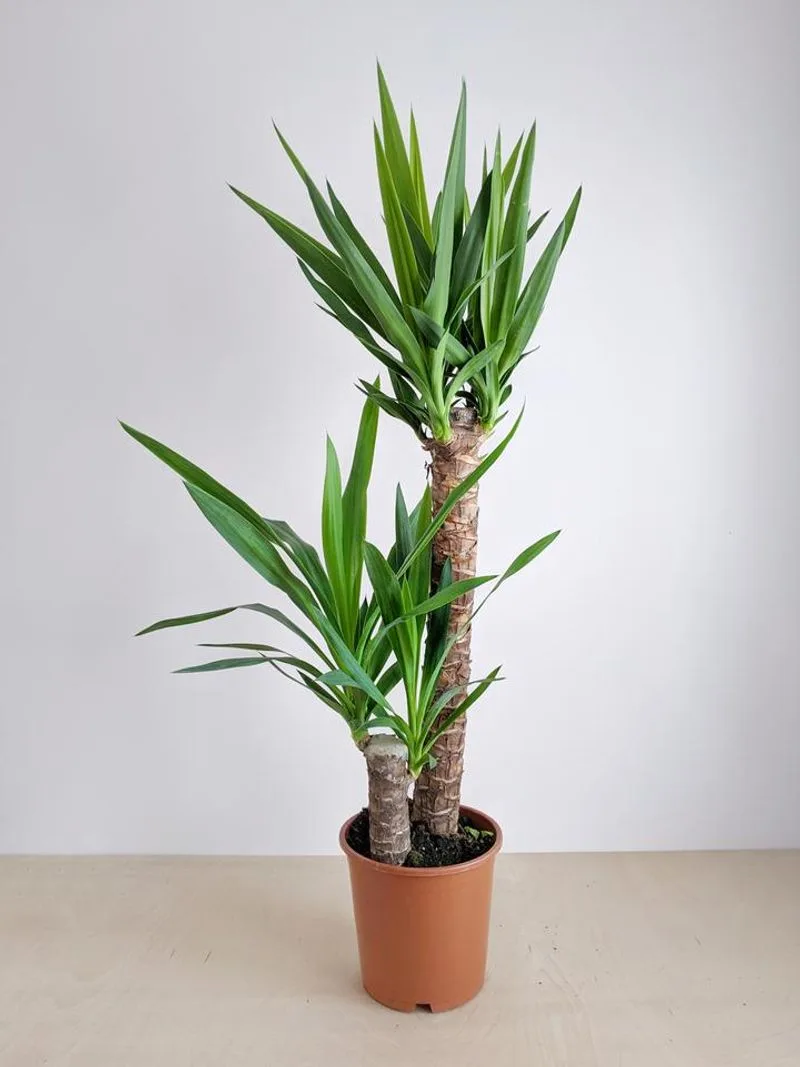
Yucca plants are known for their architectural beauty and robust leaves. Unfortunately, these leaves also attract dust, requiring regular cleaning. A gentle wipe with a cloth can help maintain their striking appearance. Fun fact: Yuccas are native to the arid regions of the Americas, where they thrive in sandy soils and bright sunlight. In our homes, they add a touch of the desert with a need for occasional dusting to keep their leaves clean and healthy.
Monstera

Monstera plants, with their iconic split leaves, are a favorite among plant lovers. These leaves, however, can collect dust quite easily. Regularly wiping them down helps preserve their vibrant green color and unique appearance. Did you know? Monstera plants hail from the tropical forests of Central America, where they climb trees for sunlight. Their natural habitat is much more humid, which might contribute to their affinity for dust in drier indoor environments.
Zebra Plant
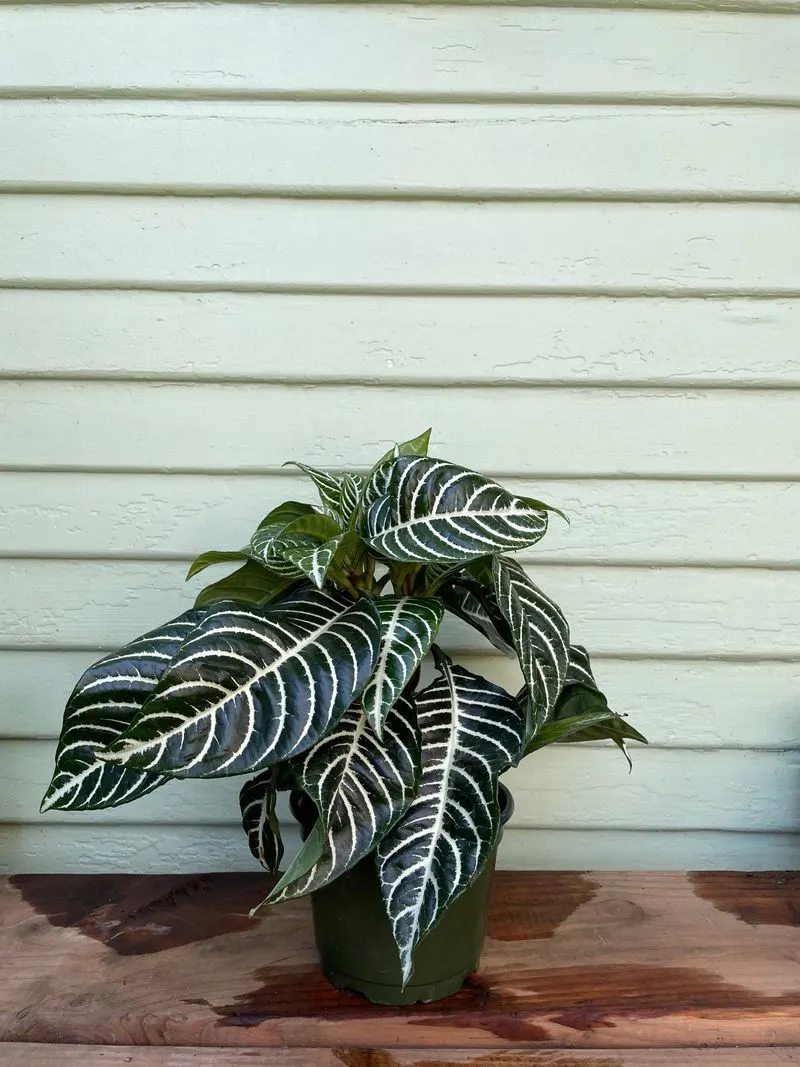
The Zebra Plant is admired for its bold, striped leaves and unique appearance. However, these leaves can quickly become dusty, detracting from their striking patterns. Regular cleaning with a soft cloth can help them maintain their eye-catching look. Fun tidbit: Zebra Plants are native to Brazil and thrive in humid conditions. This preference for moisture might be why they tend to attract more dust indoors, where humidity is often lower. Despite this, they make a dramatic statement in any room.
Calathea
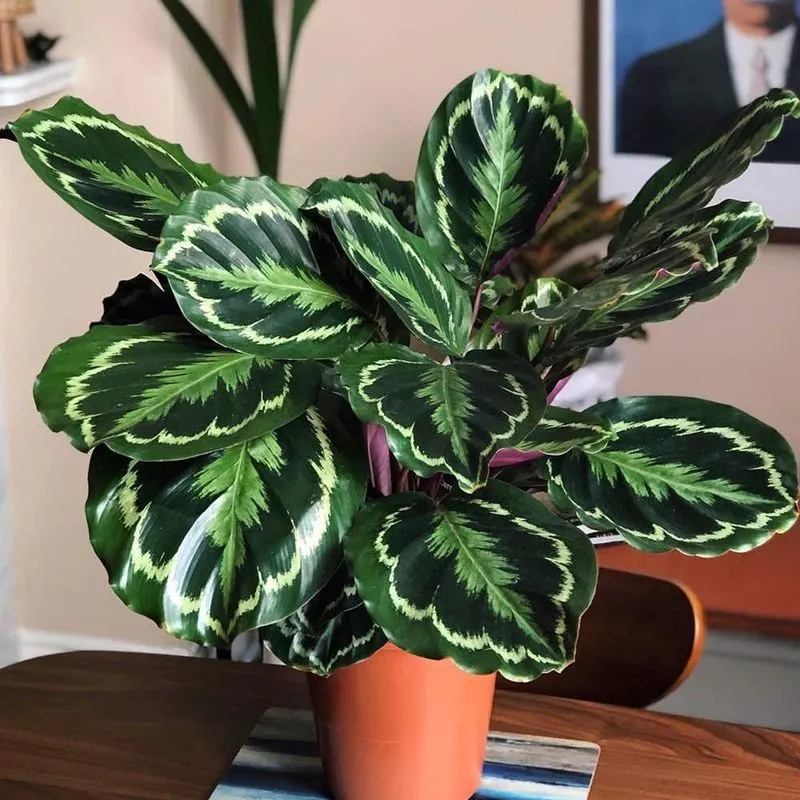
Calatheas are treasured for their striking leaf patterns and colors. Yet, their broad leaves are also dust magnets, requiring frequent care to look their best. Misting and gentle wiping are effective methods to keep them clean. Interesting fact: Calatheas are native to the tropical Americas and are sometimes called ‘prayer plants’ due to the movement of their leaves. Their tropical nature means they thrive in humidity, which might explain their tendency to gather dust in indoor settings.
Chinese Evergreen
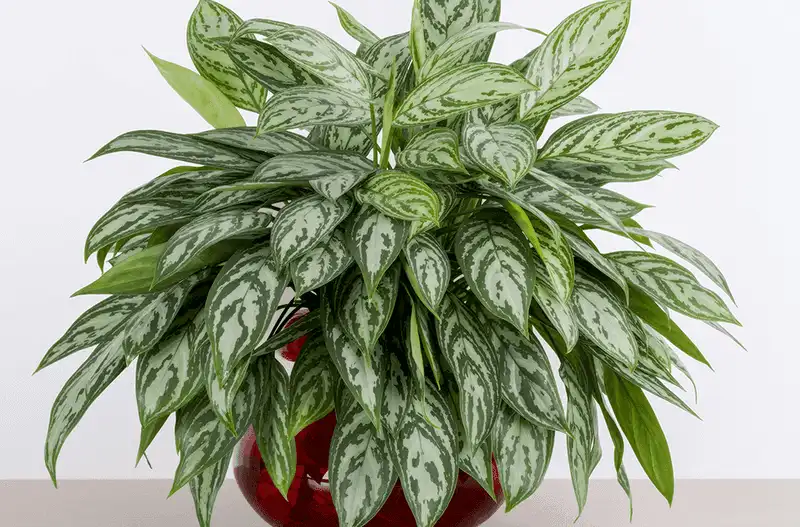
Chinese Evergreens are loved for their variegated leaves and easy care. However, these leaves can gather dust, especially in dry environments. Regular cleaning helps maintain their vibrant appearance and health. Fun fact: Chinese Evergreens are native to Asia and thrive in shaded, humid conditions. This makes them popular houseplants, though their need for dusting may be higher in typical home conditions. Despite this, they are cherished for their low maintenance and air-purifying abilities.
Bamboo Palm

Bamboo Palms are a tropical delight known for their airy fronds. Unfortunately, these fronds can collect dust, diminishing their vibrant charm. Regular misting and dusting ensure they remain a lively addition to any space. Did you know? Bamboo Palms originate from Central America and are well-suited for humid climates. This natural preference for moisture might be why they attract more dust indoors, where humidity levels are usually lower. Despite this, they bring a lush, green touch to homes.
Anthurium

Anthuriums are famous for their glossy leaves and striking flowers. However, these shiny leaves are notorious dust collectors. Regular wiping with a damp cloth is essential to maintain their sheen. Fun fact: Anthuriums are native to the Americas, where they grow in tropical climates. Their glossy leaves are adapted to humid conditions, which might be why they attract dust in drier indoor environments. Despite this, they’re cherished for their exotic beauty and long-lasting blooms.
Kentia Palm

Kentia Palms are a symbol of elegance and grace, with their long, arching fronds. These fronds, however, are adept at gathering dust, which can dull their appearance. Regular cleaning with a soft cloth keeps them looking their best. Did you know? Kentia Palms are native to Lord Howe Island, Australia, where they thrive in subtropical conditions. Their preference for humidity and softer environments might explain their dust-attracting nature in more arid indoor settings.
Bird of Paradise
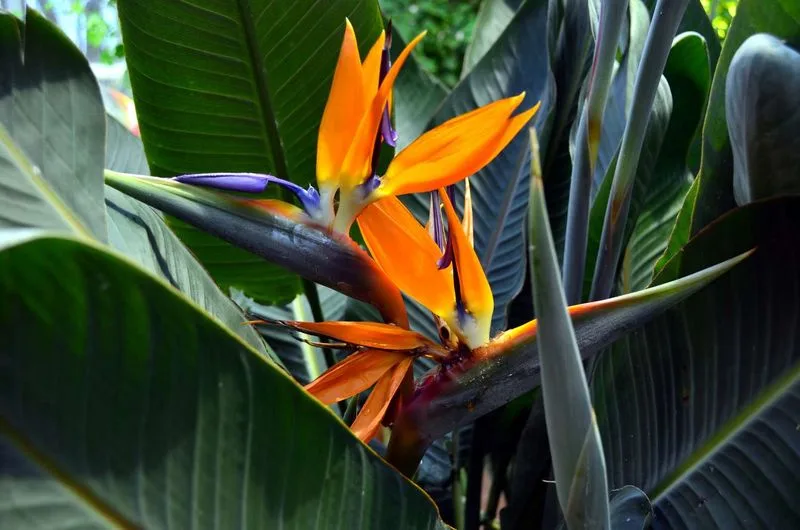
Bird of Paradise plants are known for their striking flowers and large leaves. These broad leaves can become dust magnets, requiring regular attention to retain their beauty. A soft cloth can work wonders in keeping them clean. Fun tidbit: Bird of Paradise plants are native to South Africa and are often associated with tropical paradises. Their large leaves are adapted to humid environments, which might explain why they gather dust in our homes. Nonetheless, they remain a favorite for their dramatic flair.
Dieffenbachia
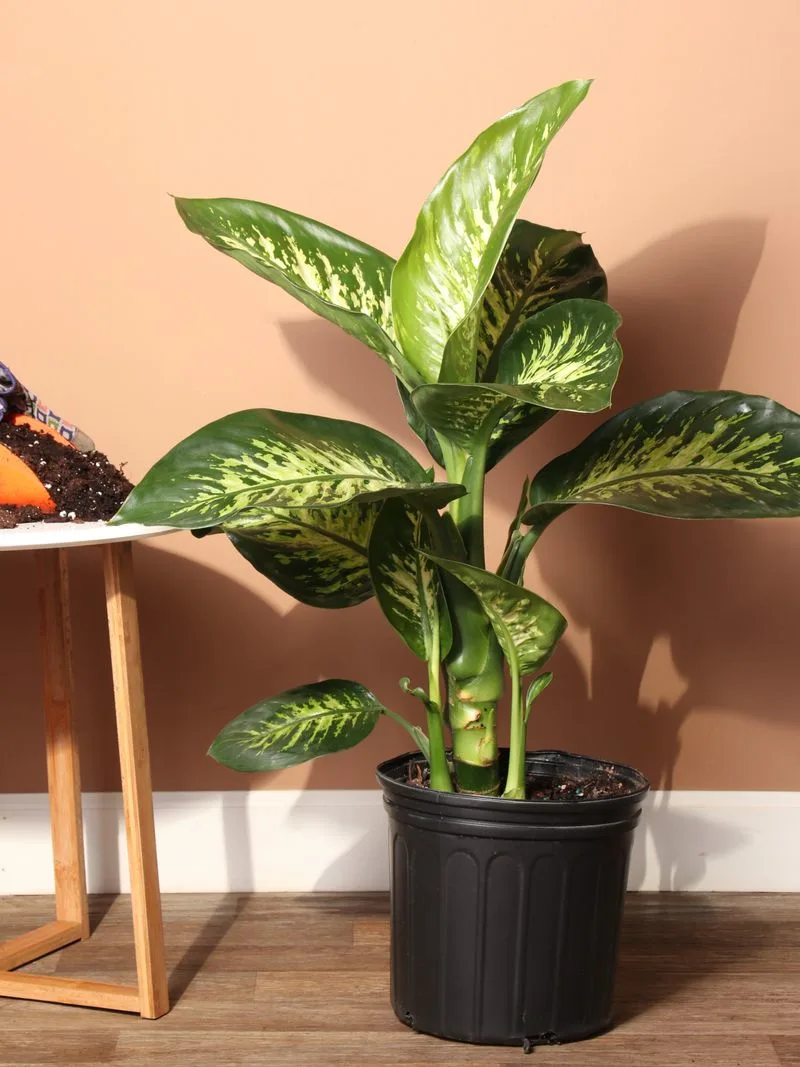
Dieffenbachias are popular for their beautiful, variegated leaves. However, these broad leaves can accumulate dust, requiring regular upkeep. Wiping them down ensures they stay vibrant and healthy. Did you know? Dieffenbachias are native to the New World tropics, thriving in humid, shaded environments. Their preference for such conditions might contribute to their dust-attracting tendencies indoors. Despite this, they remain a staple in many households for their decorative appeal and ease of care.
Velvet Leaf (Abutilon grandifolium)

With its soft, velvety leaves, the Velvet Leaf plant seems like it belongs in a fairy tale. However, its charming fuzziness is a magnet for dust particles. Imagine walking into a room and noticing the way sunlight highlights the fine dust shimmering on its surface.
This plant’s leaves are like tiny feather dusters, diligently collecting dust in every corner. Regular cleaning becomes essential to maintain its beauty and your home’s air quality.
Did you know? Velvet Leaf is not just an indoor marvel; it’s used in traditional medicine for its soothing properties.

